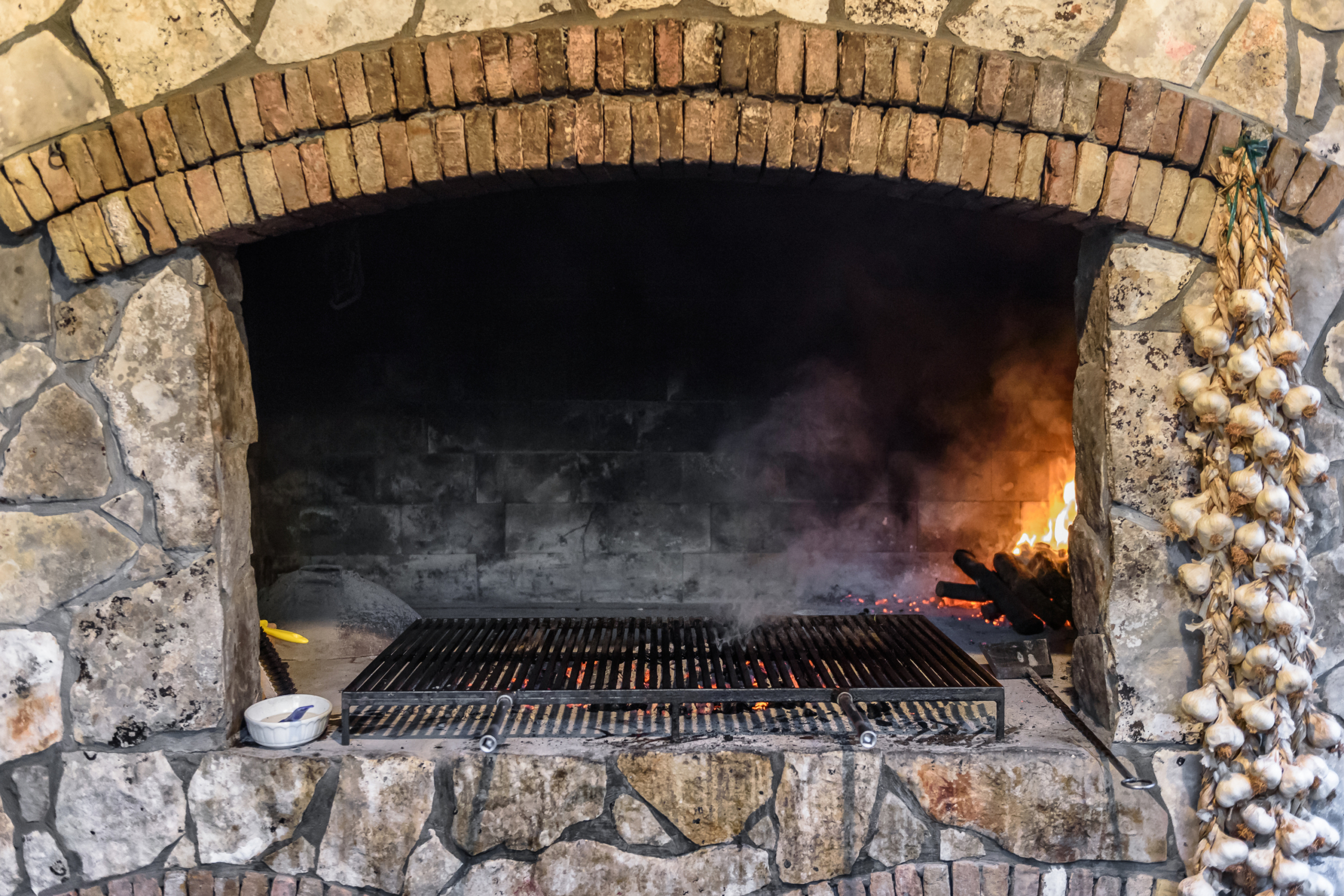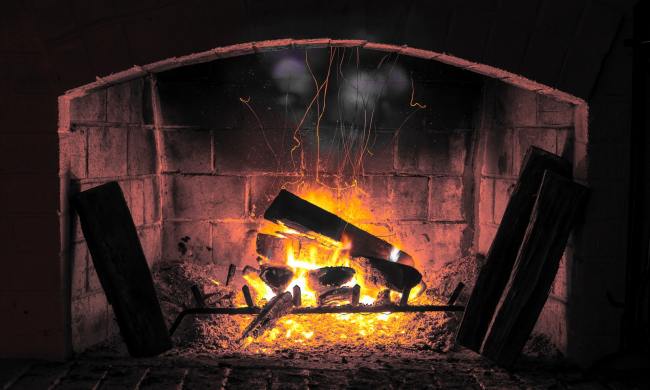Built-in barbecues are sometimes called barbecue islands and are one of the structures that help make up an outdoor kitchen. They’re often one of the more expensive items, but chances are if you’re interested in this amenity, you’re serious about your built-in barbecue grill and want to know more about them before making the essential decisions: What type of grill do I get? How do I choose the right built-in grill for me? How do I maintain an outdoor grill?
Different types of built-in barbecues
There are three different types of built-in barbecues you can choose from: Gas, charcoal, or electric. Each comes with its own set of pros and cons, often boiling down to what you can afford or what type of grill you prefer.
Gas grill
Whether you choose a built-in natural gas grill or propane grill, the gas option will provide you with a more convenient, affordable option. Many people own a movable cart grill, and gas is the one that tends to be most familiar to cook with and operate. With a propane grill, you’ll be able to run off a small tank that needs to be refilled from time to time, whereas a natural gas grill will require a gas line to be run to it in order to function.
Gas grills are often more versatile and easy to use, as the temperature can be adjusted as needed, and some feature side burners for additional cooking. They don’t take too long to heat up and can cook a larger amount faster for big gatherings.
Whether propane or natural gas, gas grills provide the convenience and affordability most of us are familiar with nowadays. Most gas grills are designed to run off a portable 20-pound propane tank but also feature natural-gas models to run off a house gas line.
Charcoal grill
A classic choice, the charcoal grill doesn’t require any additional lines to be run in order to operate and is said to produce a better flavor for the food you cook. You can choose from charcoal briquettes, natural hardwood, and wood chips to cook with — ultimately boiling down to which one you prefer to cook with and like the flavor of best. Out of each built-in grill option, the charcoal one will take the longest to cook the food (as it will need to heat up to get to temperature), but it will be one of the easiest ones to switch the fuel from and won’t rack up any gas or electric bills. Charcoal grills can also be used for smoking, taking away the need for an additional smoker in your outdoor kitchen.
Electric grill
Electric grills are often the least appealing with grill connoisseurs and one of the more expensive to work with when grilling. Although they do come to temperature quickly, they require electricity lines to be run from your house in order to operate and, depending on how much you grill, can easily increase your electric bill by a significant amount. They also don’t produce any additional flavor for your food. So if you like the smoky appeal of something like charcoal, this won’t be the grill for you.

How to choose the best one for you
At this point, you already know you want a built-in grill. It’s just a matter of choosing between propane, natural gas, charcoal, and electric. This choice should be made based on the flavor you want for your food, your cooking preference, and how difficult it would be for you to run things like gas and electric lines from your house to your grill. If the latter proves to be too expensive, you’re better off going with propane or charcoal to avoid having to dig and bury any lines where they won’t affect your daily life.
Once you decide what kind you want, all you need to do is choose what style you want and where you want it to go. If you already have an established outdoor kitchen, pick a style that fits in with what you already have built. If this is just the beginning, you may want to consider choosing a grill you could build the whole kitchen around. After all, changing the look of your outdoor barbecue grill will be more difficult than changing your patio chairs.
Maintaining your outdoor built-in barbecue
As far as maintenance goes, once your built-in grill is installed, taking care of it is relatively easy. Make sure you have a cover for your grill when it isn’t in use. This will keep any water from getting into the vents or damaging your installation. Be sure to clean the interior of the grill after almost every use, and wipe down the exterior at least once a month. If you aren’t using the grill for a prolonged period of time, you’ll still want to make sure you keep up the exterior maintenance and check the interior every so often to make sure no insects or other pests make a home inside.
If all goes well, you’ll have a lasting built-in barbecue grill that will not only add to a beautiful outdoor kitchen, but it will cook you and your family delicious food for years to come!


